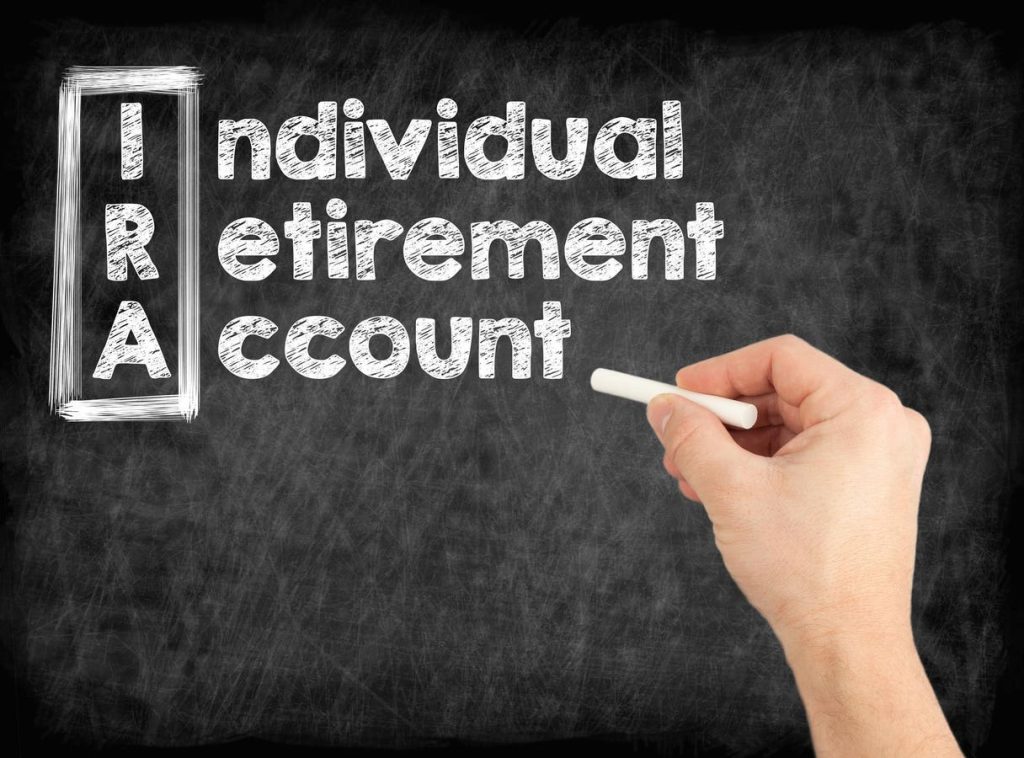Individual Retirement Accounts (IRAs) are powerful tools for building a secure financial future, offering tax advantages and the opportunity for long-term growth. Understanding the nuances of traditional and Roth IRAs is crucial for maximizing their benefits. Traditional IRAs offer potential tax deductions in the contribution year, reducing your current taxable income and potentially lowering your tax bracket. Growth within the account is tax-deferred, meaning you won’t pay taxes until you withdraw funds in retirement. However, traditional IRAs are subject to required minimum distributions (RMDs) starting at age 72 or 73, and withdrawals are taxed as ordinary income. This type of IRA is often advantageous for those with lower or moderate incomes who anticipate being in a higher tax bracket during retirement.
Conversely, Roth IRAs are funded with after-tax dollars, meaning you pay taxes on the contributions upfront. However, qualified withdrawals, including earnings, are tax-free in retirement. This significant benefit makes Roth IRAs particularly appealing for higher earners who expect to be in a similar or lower tax bracket in retirement. Roth IRAs are not subject to RMDs, offering greater flexibility in managing retirement funds. The choice between a traditional and Roth IRA depends on individual circumstances, income projections, and tax strategies. Consulting with a financial advisor can help determine the best fit for your specific financial goals.
The IRS sets annual contribution limits for IRAs, adjusting them periodically to account for inflation. For both 2024 and 2025, the contribution limit is $7,000, with an additional catch-up contribution of $1,000 for those aged 50 and older, bringing the total to $8,000. It’s important to note that this limit applies to the combined contributions across all your IRA accounts, whether traditional or Roth. While you can contribute to both types of IRAs simultaneously, the total contributions cannot exceed the annual limit. The IRS allows individuals to participate in IRAs even if they contribute to other retirement plans through their employer. However, the deductibility of traditional IRA contributions may be limited for those covered by workplace retirement plans, and Roth IRA contributions may be restricted based on income levels.
Eligibility for contributing to a Roth IRA depends on several factors, primarily income thresholds and tax-filing status. Modified adjusted gross income (MAGI) plays a significant role in determining eligibility. For 2024, single taxpayers with a MAGI exceeding $161,000 are ineligible to contribute to a Roth IRA. For those married filing jointly, the limit is $240,000. Partial contributions are permitted within specific income ranges, but exceeding the upper limit disqualifies contributions altogether. These income thresholds are subject to change annually, so it’s essential to stay informed about the latest IRS guidelines.
The tax advantages of contributing to a traditional IRA are twofold: immediate tax deductions and tax-deferred growth. Contributions made to a traditional IRA are often tax-deductible, reducing your current taxable income. This deduction can lower your overall tax burden and potentially shift you into a lower tax bracket. Moreover, the investments within the IRA grow tax-deferred, meaning you won’t pay taxes on the earnings until you withdraw funds in retirement. This allows your investments to compound over time without being eroded by annual taxes. However, it’s crucial to remember that early withdrawals from a traditional IRA are subject to a 10% federal penalty, as well as potential state penalties.
Maximizing your IRA contributions is a crucial step towards achieving your retirement goals. Several strategies can help you optimize your savings. Contributing early in the year allows your investments more time to grow and benefit from compounding. Automating your contributions ensures consistent savings without relying on manual transfers. This disciplined approach helps build your retirement nest egg steadily over time. Finally, using cash windfalls, such as bonuses or unexpected inheritances, to boost your IRA contributions can significantly accelerate your savings growth. By implementing these strategies, you can effectively leverage the power of IRAs to secure a comfortable retirement.

